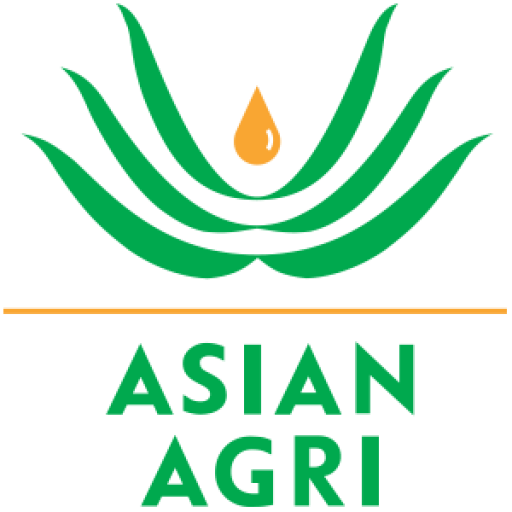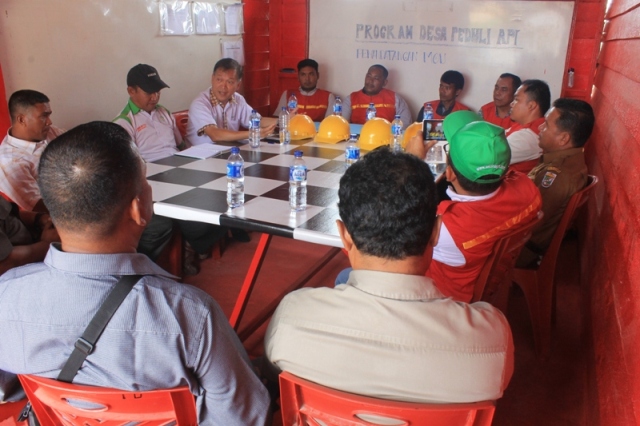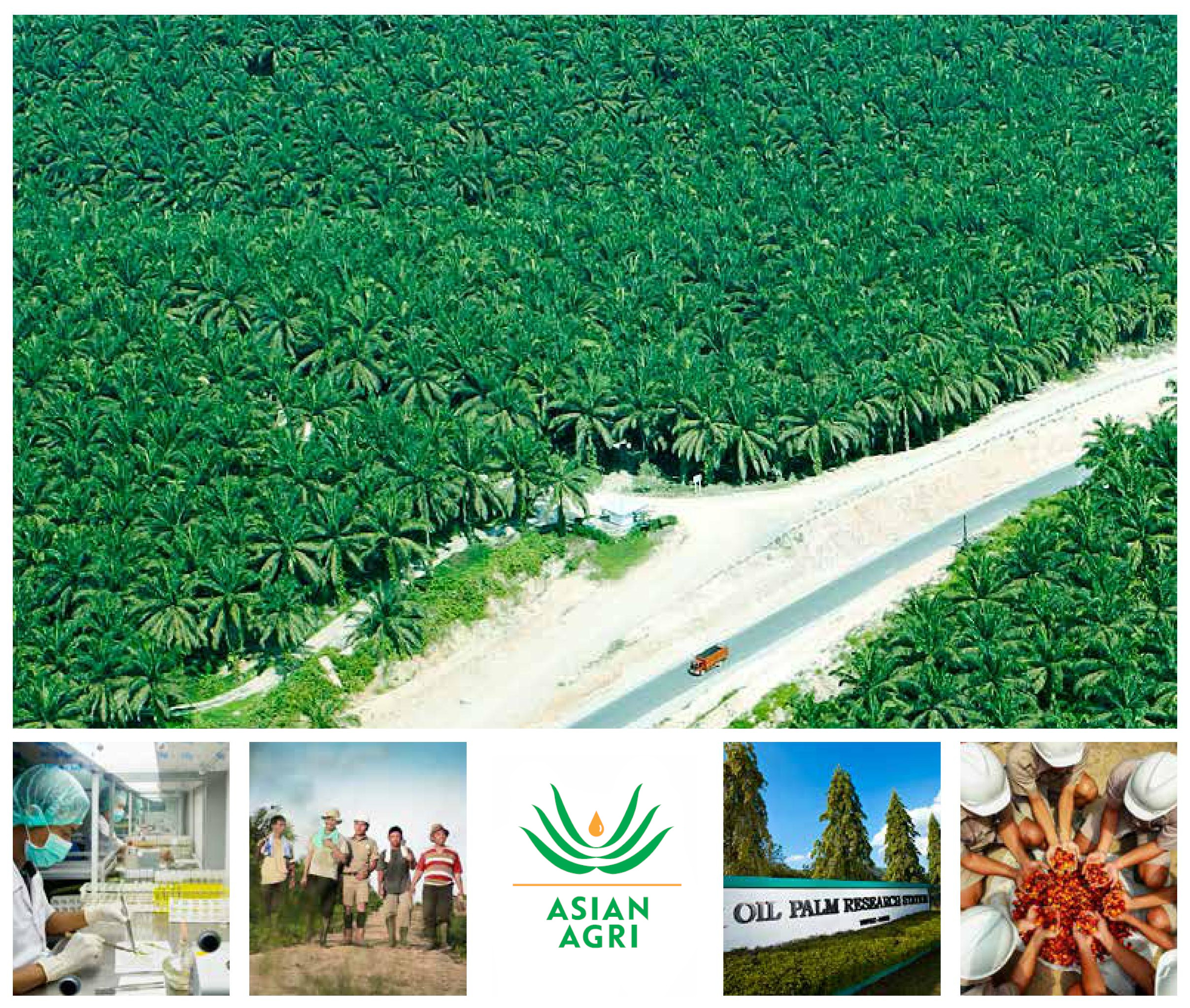High Carbon Stock
Asian Agri is committed to a no deforestation policy and conserving High Carbon Stock (HCS) forests.
A Technical Committee (TC) was established to define what constitutes HCS forests and to establish a HCS methodology and thresholds that take into account potential GHG emissions and regional socio economic factors. The TC comprised six highly experienced scientists with expertise in the following areas:
- Above and below ground biomass
- Soil carbon
- Remote-sensing
- Socio-economics and sustainable development
- The global oil palm industry
- Sustainability assessment
High Conservation Value
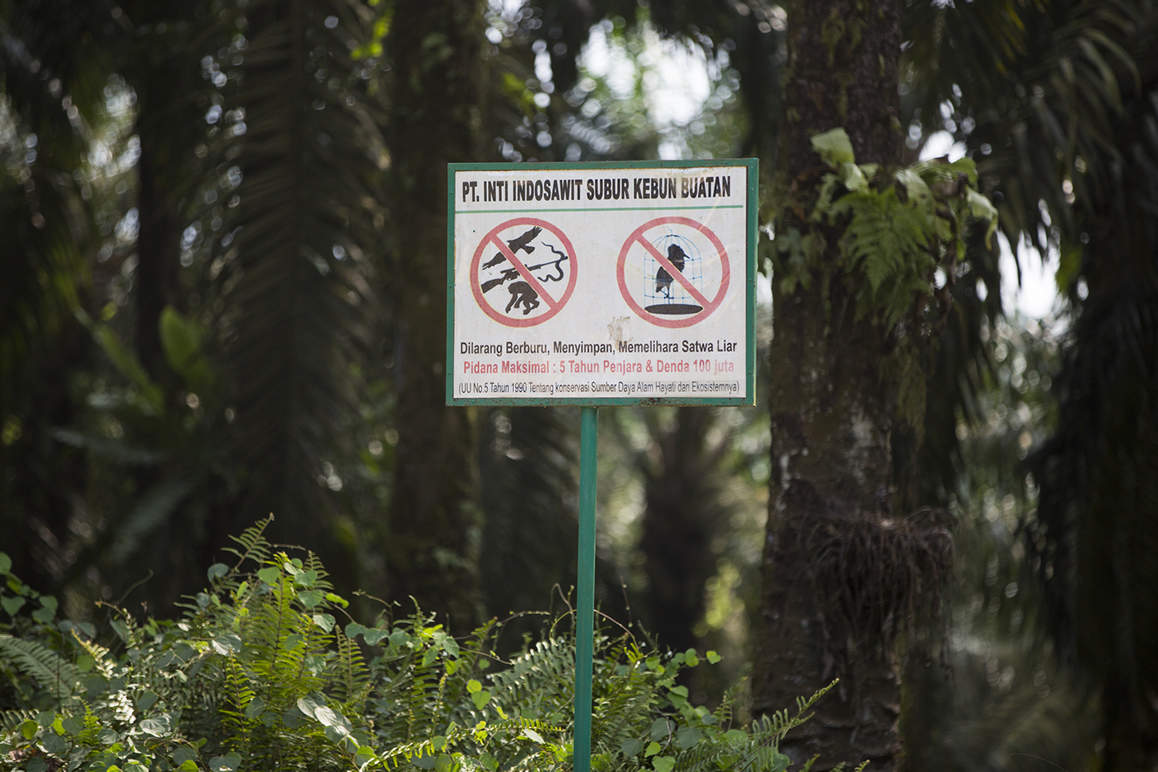
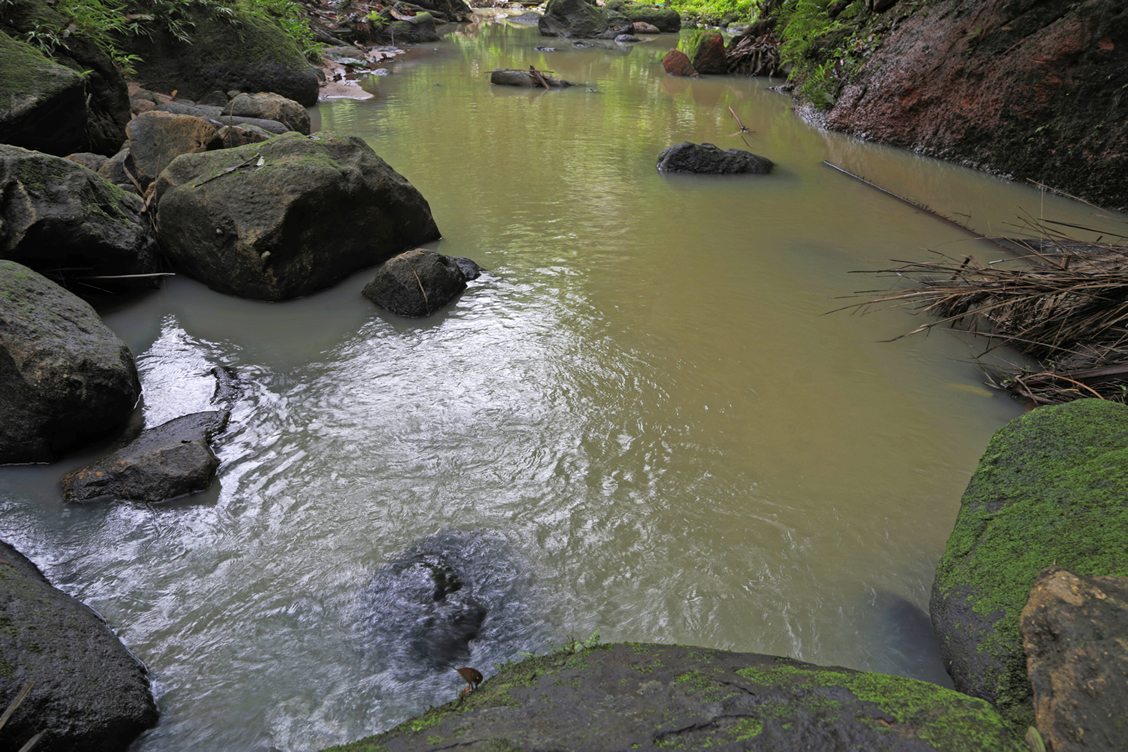
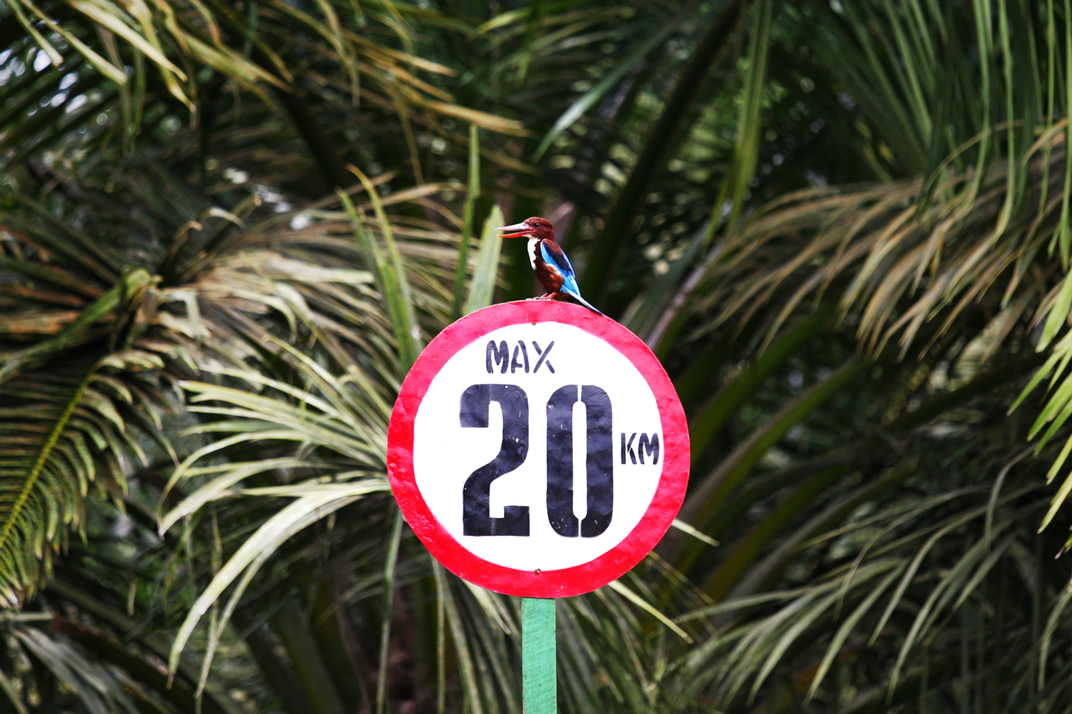
High Conservation Value refers to the biological, ecological, social or cultural values that are considered necessary at national, regional or global levels. These include rare or endemic species, provision of ecosystem services and cultural sites in local communities. In newly cleared land, it is likely to have some conservation values. As a result, it is the responsibility of the company to maintain and enhance the existing conservation values. We are committed to using licensed HCV assessors accredited by the HCVRN’s Assessor Licensing Scheme (ALS).
Most of our operations are set up in areas that have been degraded with a relatively low biodiversity value. Every one of our operations is established based on the concession granted by the government and we consider areas that would require protection. In our estates, certain areas are set aside to conserve protected and endangered species. These areas include wildlife habitats, riparian zones and areas of high cultural significance to the local community. We are committed to no hunting protected and endangered species.
In order to ensure that conservation management plans are implemented, we have a dedicated team that oversees High Conservation Value.
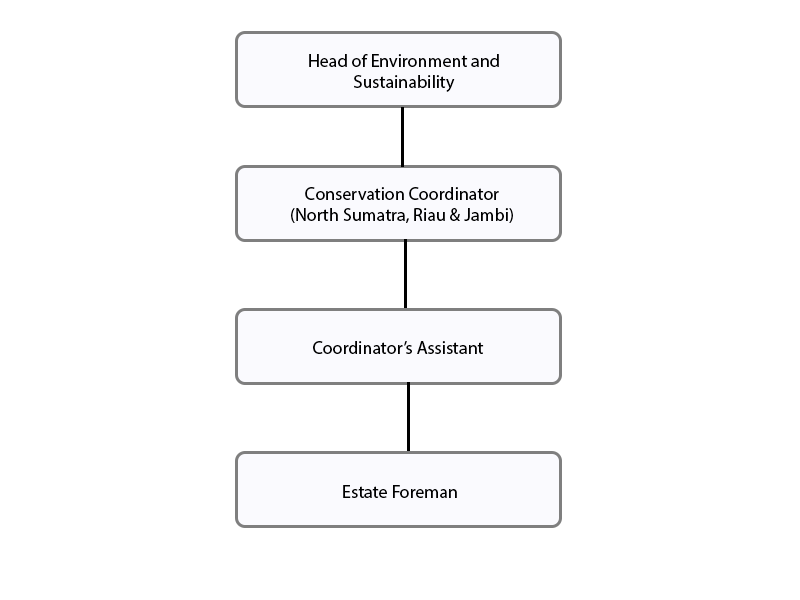
Species found in our estates
| Region | Flora | Fauna | ||||||||||||
|---|---|---|---|---|---|---|---|---|---|---|---|---|---|---|
| CR | EN | VU | NT | LR | LC | DD | CR | EN | VU | NT | LR | LC | DD | |
| North Sumatra | 3 | 4 | 7 | 0 | 26 | 2 | 6 | 0 | 4 | 7 | 10 | 0 | 102 | 0 |
| Riau | 0 | 3 | 2 | 0 | 24 | 0 | 3 | 1 | 10 | 14 | 9 | 11 | 82 | 2 |
| Jambi | 0 | 0 | 0 | 0 | 1 | 0 | 0 | 0 | 3 | 3 | 1 | 0 | 14 | 0 |
List of endangered species
| Daerah | Flora | Fauna | ||
|---|---|---|---|---|
| CR | EN | CR | EN | |
| Sumatra Utara | Hopea mengarawan, Parashorea aptera V.SI. | Shorea faguetiana Heim, Shorea dasyphylla Foxw, Shorea bracteolata Dyer | Manis Javanica | – |
| Riau | – | Shorea teysmanniana Dyer, Shorea bracteolata Dyer | Batagur Baska, Orlitia Borneensis, Manis Javanica | Presbytis melalophos, Hylobates agilis, Elephas maximus |
| Jambi | – | – | – | Presbytis melalophos, Elephas maximus |
*CR: Critically Endangered
*EN: Endangered
Pengurangan Gas Emisi
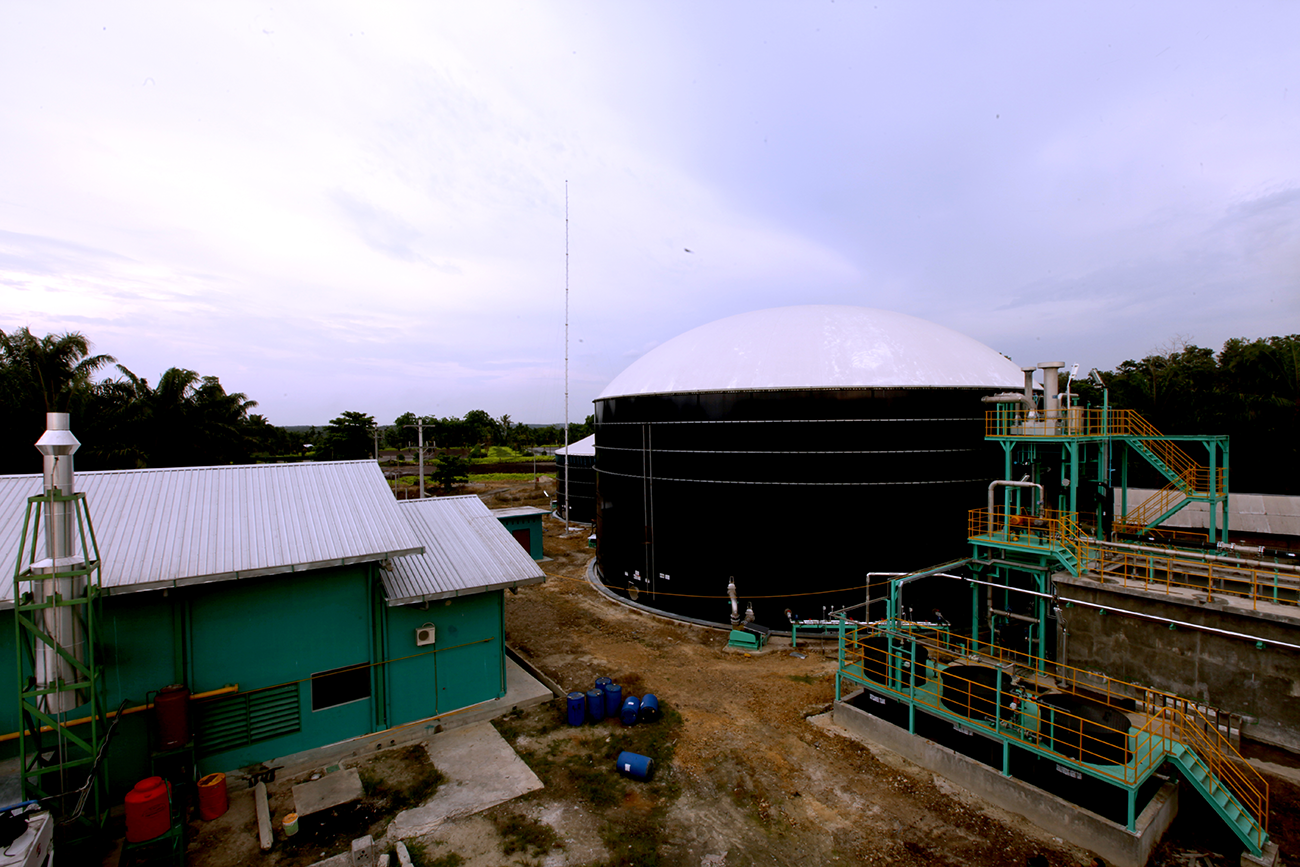
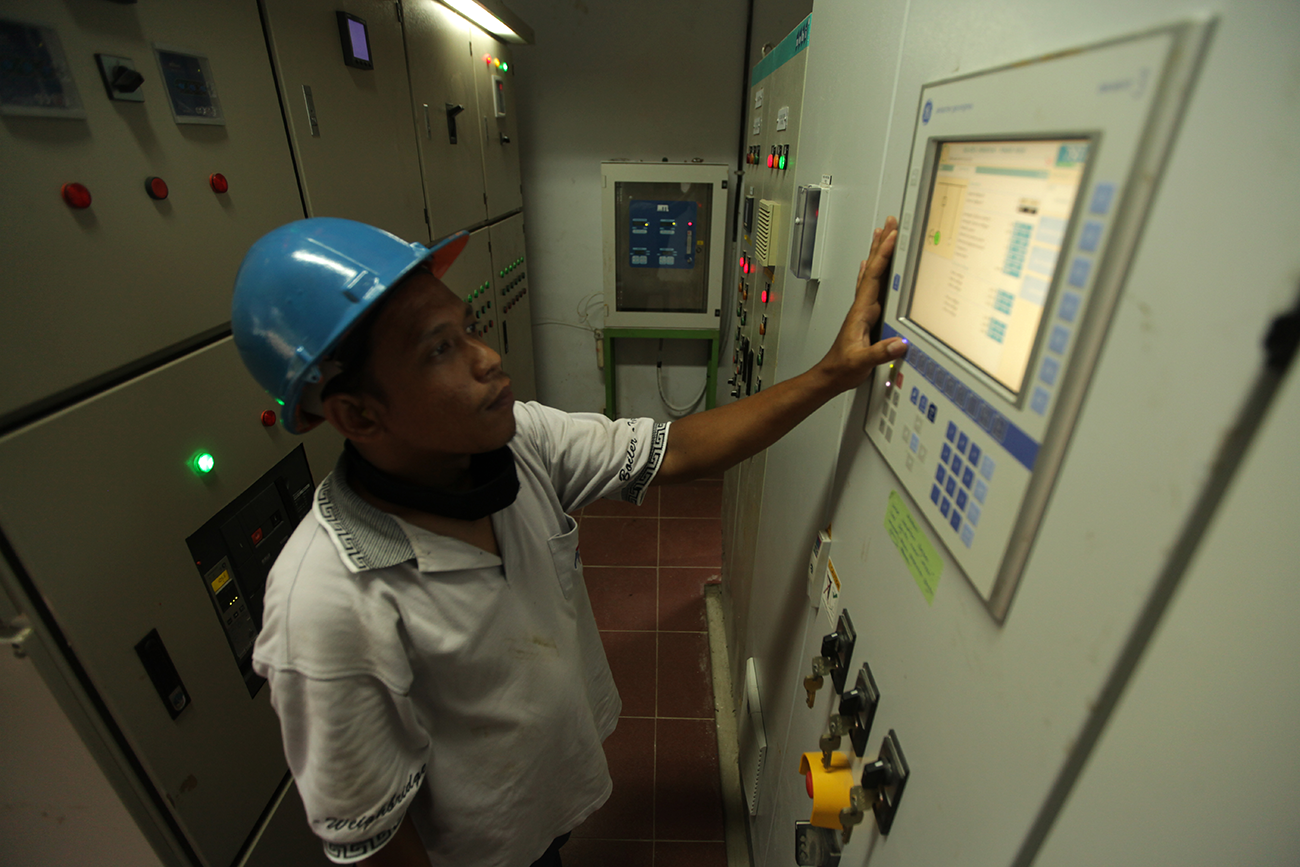
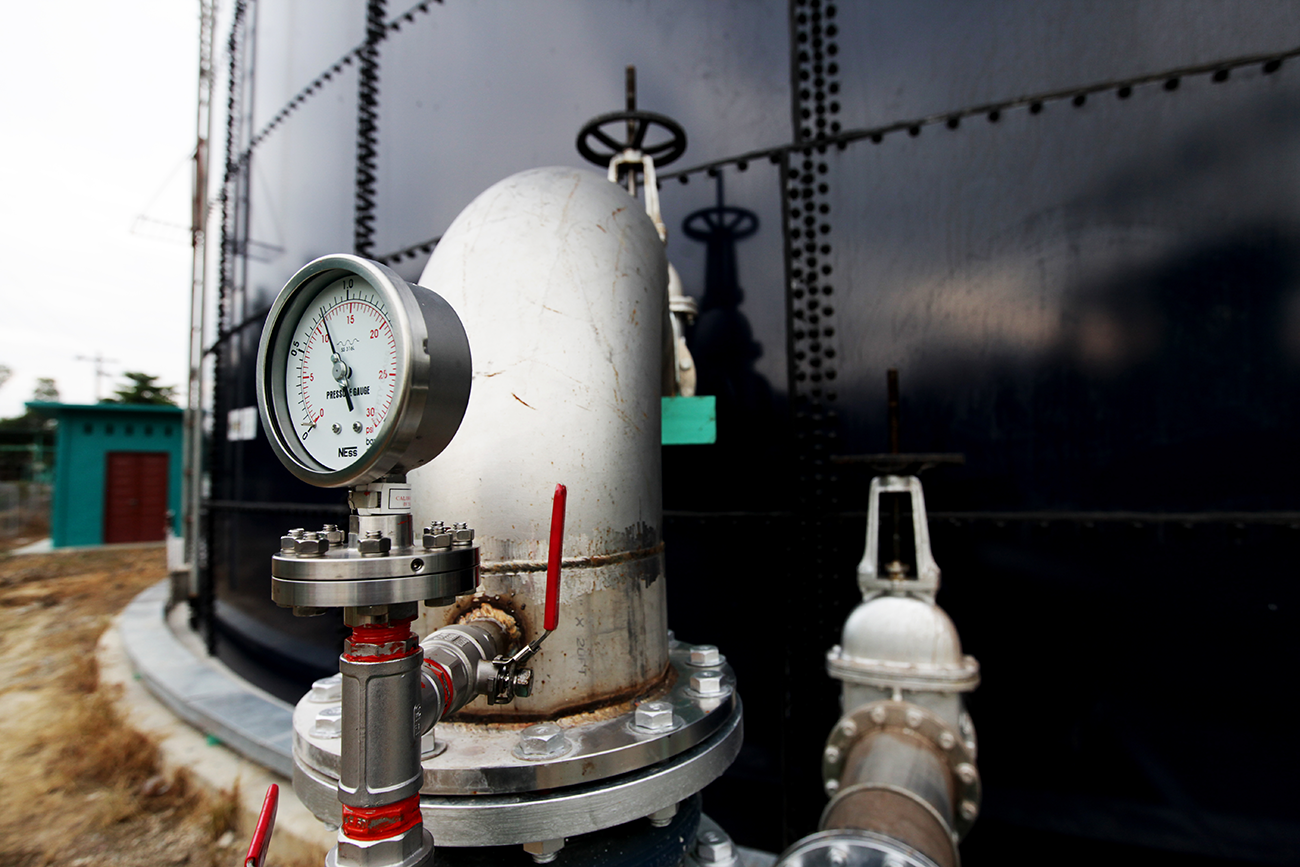
Palm oil has become one of the most discussed topics in the world in recent years. Oil palm plantations have been accused of causing environmental problems, including greenhouse gases (GHG) emissions, contributing to global warming and climate change. Carbon dioxide and methane are the two major greenhouse gases of concern. Stakeholders expect companies to monitor the greenhouse gas sources and implement measures to reduce such emissions.
Asian Agri tests the quality standards of gas emissions through boiler chimney and generator based on ISO 14001 regarding Environmental Management System procedures. These emissions are monitored regularly by our internal team every 6 months and verified by a third party.
We also undertake GHG calculations for all our mills and plantations each year based on the GHG calculations within the guidelines of ISCC and RSPO. These calculations allow palm oil producers to estimate and monitor greenhouse gas emissions from estates to mills. It also allows palm oil producers to identify key areas in our production chain to help reduce emissions. Our GHG calculations for ISCC and RSPO certificate have been verified by accredited auditors.
Table of GHG Emissions (Calculations based on RSPO PalmGHG calculator)
| Province | GHG Emissions in Mineral Soil (t CO2 eq / t CPO) |
GHG Emission in Peatlands (t CO2 eq / t CPO) |
||||
|---|---|---|---|---|---|---|
| 2014 | 2015 | 2016 | 2014 | 2015 | 2016 | |
| North Sumatera | 1.22 | 0.82 | 0.23 | 28.31 | 19.18 | 16.04 |
| Riau | 1.52 | 1.43 | 0.70 | 11.50 | 12.33 | 9.38 |
| Jambi | 1.62 | 1.52 | 0.56 | N/A | N/A | N/A |
The largest source of greenhouse gas of emission is from land use change and palm oil mill effluent (POME), while the largest creditor of greenhouse gases is plant absorption, capture of methane gas and other renewable energy options. Peat soil is organic soil with high carbon content, which, when drained for agriculture, would generate higher greenhouse gas emissions. However, with Best Management Practices (BMP), these emissions can be minimized.
Asian Agri realizes that in order to minimize greenhouse gas emissions, we need to implement advanced technology to complement our best management practices in our estates. We have firstly identified the largest source of greenhouse gas emissions and carbon sequestration in our operations, and then we tested a variety of methods that are feasible to achieve that goal.
One measure adopted by Asian Agri to reduce greenhouse gas emissions is the installation of biogas power generating plant with methane-capture technology. To date, we have built 7 biogas plants in North Sumatra, Riau and Jambi. The biogas plant captures the methane produced from the waste pond at the mill. This will have a significant impact in reducing our carbon footprint.
Each biogas plant is built at a mill with a capacity of 60 ton/hour with the potential to generate electricity with a capacity of 2 MW. Assuming each house uses 900 watts, each biogas plant can generate electricity for 2,000 homes. In addition to five biogas plants (two in NS, two in Riau and 1 in Jambi), Asian Agri has also built two more biogas plants commissioned in 2017, each in Riau and Jambi. With all seven biogas plants in operation, Asian Agri is capable of generating 14 MW of power, thus contributing to national energy security. In 2020, Asian Agri has set a target to build 20 biogas plants.
In addition, we have also installed 11 gasifiers at our mills. Gasification is the process of converting fossil fuels to gas mixture. The gas mixture will produce syngas (synthesis gas), a type of fuel. Gases produced from the gasification and combustion can be used as an alternative fuel to generate power, which can reduce about 30% of our fossil fuel consumption.
We have engaged a variety of organizations to determine the methodology for calculating GHG emissions, including RSPO and ISPO. We also participated in the RSPO’s GHG Working Group and have provided input on calculating PalmGHG during the trial process. We also actively participate in GHG ISPO seminars to develop GHG calculations together with other stakeholders.
